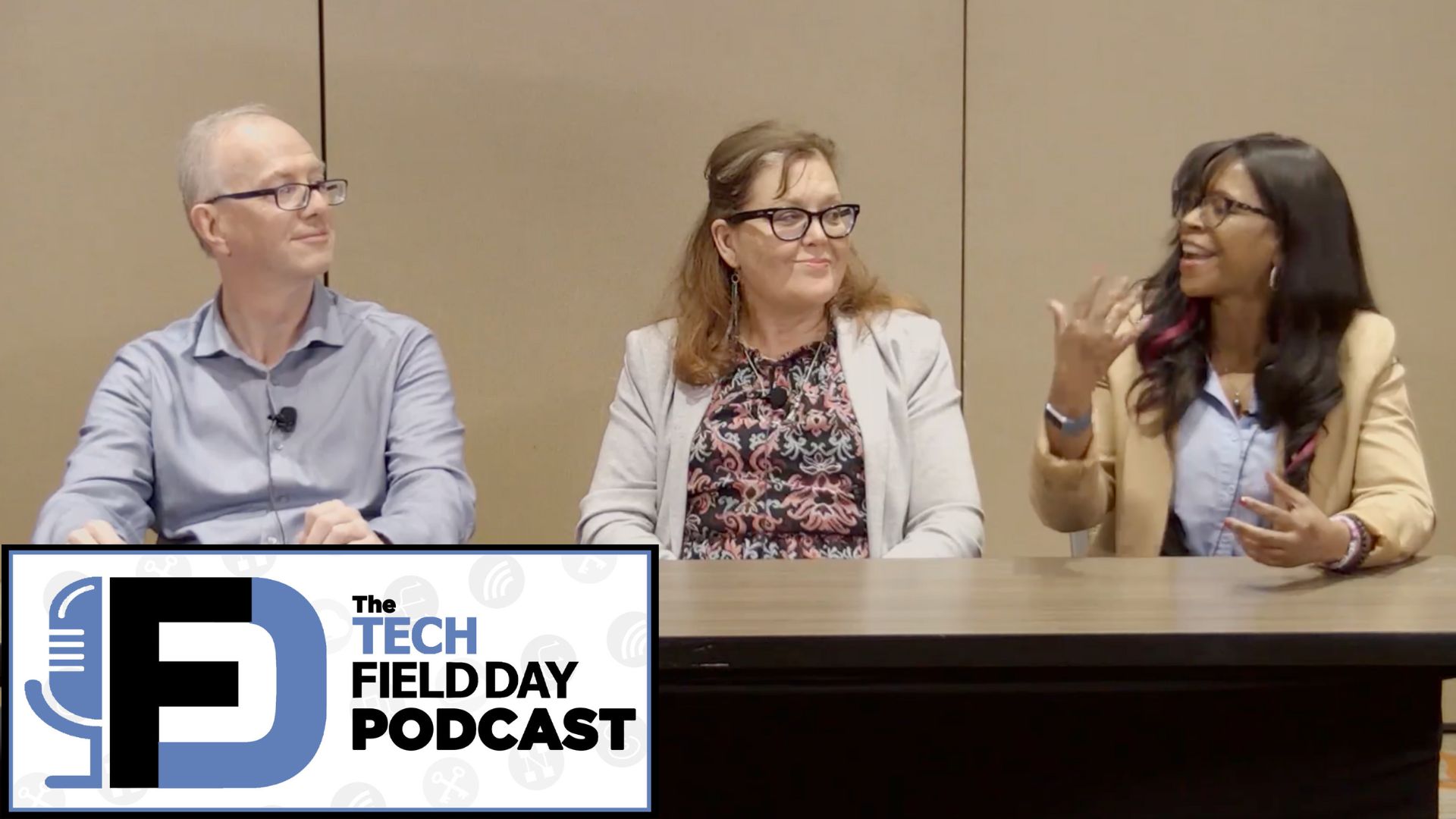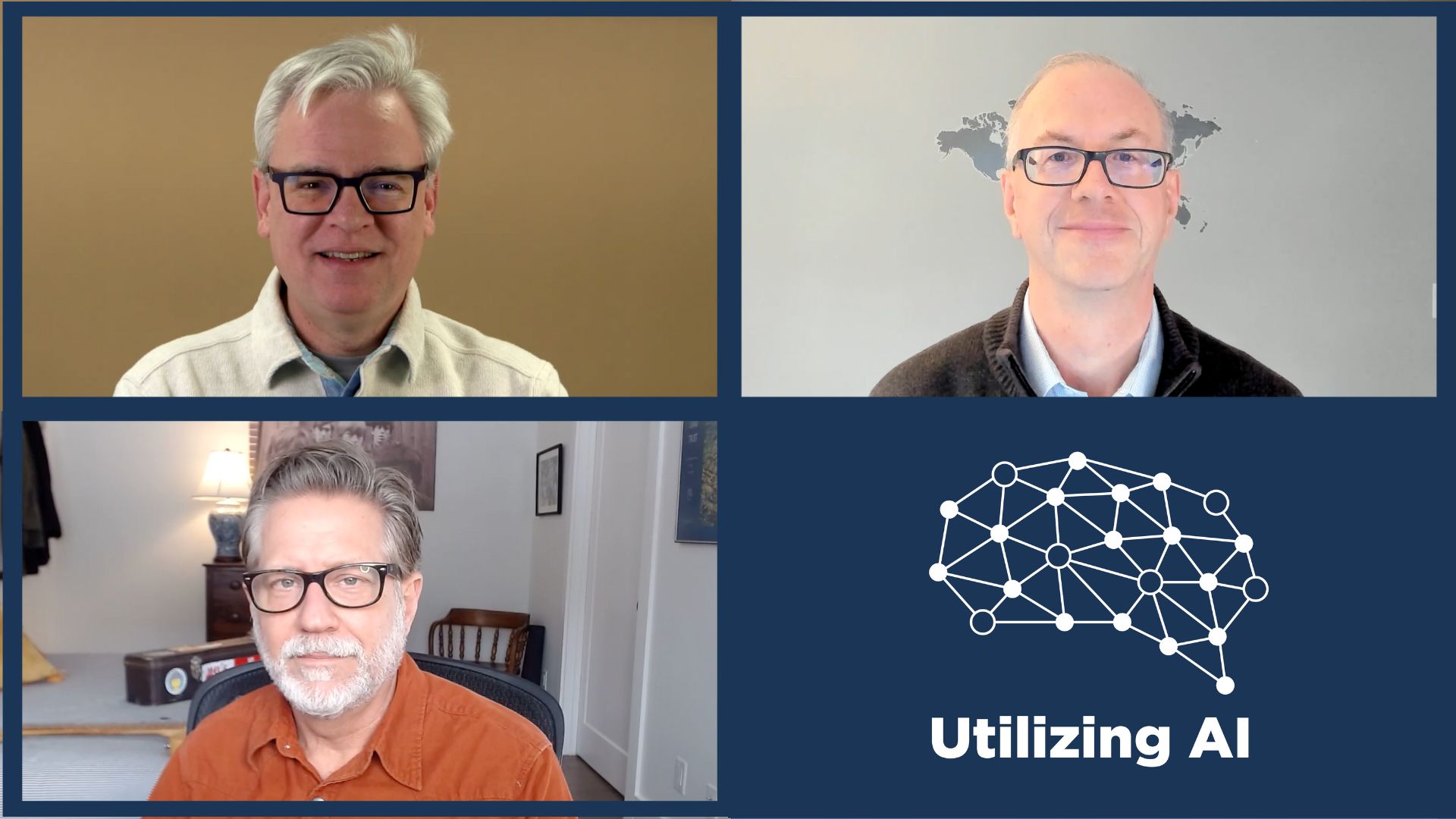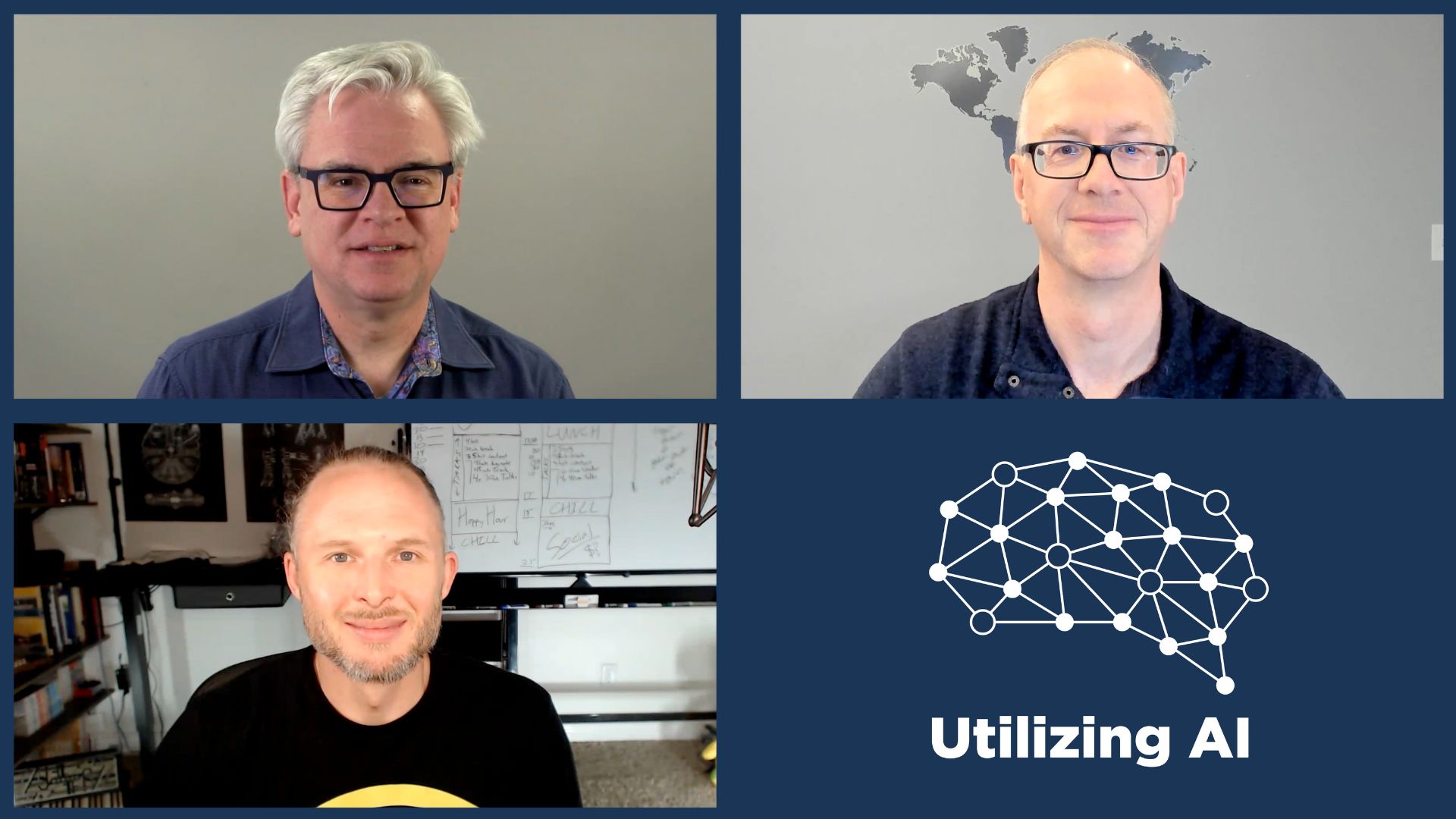Defining what ONUG stands for is easy—it’s the Open Networking User Group—but understanding the acronym that doesn’t really help me understand what it is, nor why their twice-yearly events seems to have become so important for many people.
This May, as a guest of Tech Field Day Extra, I’m headed to New York City’s Columbia University to attend the ONUG Spring 2015 Conference and the ONUG Academy. This will be my first time attending an ONUG event, and I imagine that many of you reading this will be in the same boat and may be wondering what it’s all about. With that in mind, I thought I’d try to find out why I would want to attend an ONUG conference if I weren’t being treated to it by a benevolent third party like Tech Field Day. And if this post inspires you to attend, you can save some money by using the discounted registration code I’ll share further down.
ONUG Academy
Day one (May 12th) of the ONUG event is the ONUG Academy. This is described as being “hands on tutorials” in a number of areas. Here’s the schedule showing the topics covered:
It’s nice to look at that list and realize that I’ve met three of those presenters previously, but even if I hadn’t, I think the list of topics speaks to areas that concern many people. Personally, I like the look of White Box switching and Wide Area SDN (i.e. SD-WAN), but with four sessions running in parallel for morning and afternoon slots, I find myself struggling to decide which ones to attend because most of the sessions offer something of interest to me. What’s most exciting perhaps is that browsing the detailed session notes confirms there really is a hands on component for the attendees; it’s not just watching demos on a big screen.
ONUG Conference
Days two and three of the ONUG event are the ONUG Conference. This schedule looks exhausting and each day is packed with sessions on a wide variety of topics:
It looks like this is a single-threaded event where I can attend any or all sessions that day, and I don’t have to choose between sessions. This may turn out to be a blessing or a curse, but I’ll report back on that after I have tried it.
ONUG Attendance Policies
But wait! One of the things that jumps out when looking at the ONUG website is the ONUG Policies page. Let me quote the introductory paragraph here:
The ONUG Board pledges that ONUG will endeavor to provide secure environments during ONUG conferences free from press, bloggers, social networkers, and vendors so that IT business leaders can discuss and share IT project experiences in closed door, private sessions. To meet that end, the ONUG board promises to strictly enforce the following ONUG policies.
This sounds at first like some people (like me!) won’t get much out of the event. However it’s not quite as restrictive as it sounds. The promise is to create some press-free “secure” environments during the ONUG conference, rather than the entire conference being limited to end users. Thus, the sessions get labeled by a simple key:
Looking at the schedule I posted earlier, as a blogger I’m only going to be impacted on the morning of May 14th, which is just a small part of the wider conference.
Why ONUG?
As an ONUG newbie I can’t tell you what previous events have been like, so I reached out to Mike Fratto, Principal Analyst at Current Analysis and asked for his take on ONUG when he attended in 2013. Mike said that “the [limited access] morning sessions were really informative” and that the speakers (mainly from finance verticals) “were pretty open about what they wanted and their experiences with their SDN deployments,” something you might not have expected from a vertical notorious for security through obscurity. More than that though, Mike made a comment which really hit home on the potential power of the way the ONUG conference has been set up:
“Those folks on stage were all swimming in the same direction and dragging vendors along in their wake. They all have common interests and requirements that transcend their own companies.”
That sounds pretty awesome, doesn’t it?
Open Networking
Thinking back to 2013 when the first ONUG event was held, there didn’t seem to be the same amount of movement in open networking as there is now. Today you can barely open a networking site without tripping over a pile of acronyms conspiring to overthrow incumbent vendors. Companies are having to make the decision whether or not to invest in switching platforms built to open standards that run an open (or third party) NOS, with configurations managed by an open orchestration/automation platform and granular traffic control implemented using an open controller platform. Of course, this assumes that you don’t go purely with virtualized switching, and then there’s NFV too.
The industry is rife with startup companies who believe they have the right solution to a swathe of network problems, usually leveraging the unprecedented level of access now granted to third parties by open networking platforms. The barrier for entry to this marketplace has been lowered and we’re no longer limited to accepting to whatever the “big guys” offer us, because we can now get alternatives from elsewhere without drastically reducing performance and reliability.
With increased choice, however, comes increased difficulty in making decisions. The Open Networking Users Group seems like a great opportunity to get with other people who are facing the same challenges—almost like a support group—and share knowledge, experience and direction. I think I’m beginning to understand why ONUG was created.
Discounted Registration!
I’m looking forward to attending ONUG next month, and I’ll report back on what I find there and share my own perspectives on the event. If you are thinking about attending (and I hope you are), I can share a discount code to sweeten the deal a bit:
Use code TFD30 for a 30% discount off the registration
If it’s anywhere near as good as it sounds, it will be money well spent.
John Herbert is a network consultant designing, supporting, troubleshooting and advising on networks of all sizes. His blog can be found at http://movingpackets.net and followed on Twitter as @MrTugs.
 This post is part of the ONUG Spring 2015 Tech Talk Series. For more information, please see the rest of the series HERE. To learn more about ONUG and their spring meeting in New York, please visit http://OpenNetworkingUserGroup.com. If you would like to attend, use the code “TFD30” and get 30% off your registration!
This post is part of the ONUG Spring 2015 Tech Talk Series. For more information, please see the rest of the series HERE. To learn more about ONUG and their spring meeting in New York, please visit http://OpenNetworkingUserGroup.com. If you would like to attend, use the code “TFD30” and get 30% off your registration!











[…] interested in ONUG or wondering what the heck ONUG stands for, I write a short post called What Is An “ONUG” over at GestaltIT site. I’m not going to duplicate it here, so please do the clicky over […]